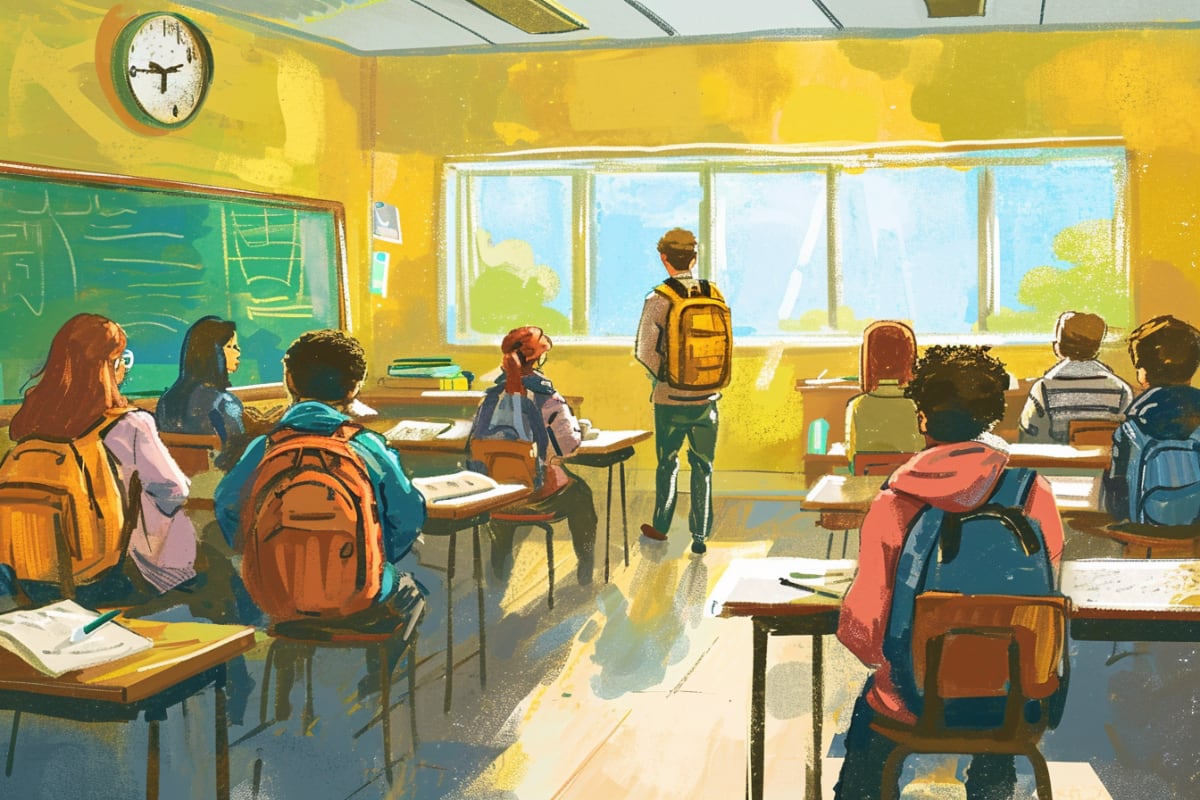Student engagement is one of the most important factors for every student to achieve better academic success. If students are completely engaged in their learning practices, they are most likely to become brighter than ever. There are several benefits of getting engaged, such as students remaining motivated and attentive and always participating in every classroom activity.
So, the most crucial question for many people is how to increase student engagement. Increasing student engagement is not tedious. With the help of some effective ways, you can simply engage them.
1. Creating a Positive Environment is Must
One of the most important rules to keep students engaged in every activity in the classroom is to create a positive environment that suits them very well. According to a survey, students who feel comfortable and safe in school perform much better than others.
They will be more likely to participate in discussions and take risks if they feel comfortable and safe around their classroom. It is simple to create a positive environment in your classroom. All you have to do is establish rules and regulations, set task expectations for your students, and create a welcoming atmosphere so they feel pleased entering the class.
2. Active Learning Techniques Are Mandatory
Active learning techniques are considered one of the best ways to increase student engagement in their classroom and extracurricular activities. Active learning techniques are mostly debates or competitions in school. These practical ways can involve the student in the learning process and encourage them to participate in every function with a better mindset.
You can even perform techniques like group work, peer teaching, and hands-on activities. These small details are perfect ways to enhance the engagement of students. Make sure not to overlook search activities.
3. Provide Frequent Feedbacks
Providing frequent feedback is also an essential part of engaging students. Feedback is one of the most integral parts where students learn about their drawbacks and what they are doing well. It helps them know about the sector where they need improvement most.
You can quickly provide feedback whenever you provide assessments, class discussions, and one-on-one meetings with them.
4. Using of Technology
In this technical era, technology is helping almost every sector. It can become a more significant tool to increase student engagement in classrooms and other activities in the educational sector. Sometimes students can’t learn about things with the help of books.
Technologies are a perfect example where they can visualize concepts, collaborate and access information more frequently. You can use intelligent classes to create interactive lessons, video tutorials, online quizzes, and lectures with better visual graphics for better understanding.
5. Providing Them with Real-World Examples
Incorporating real-world examples into their lessons in the classroom will help a student to engage more. The criteria by which students can relate themselves with more relevancies can help them learn things quickly. So, make sure to provide them with an example application in the real world.
Knowing their surroundings, what is happening and what is not, will make them understand better. Use case studies, guest speakers, and field trips to incorporate real-world examples.
6. Encourage Student Collaboration
Collaboration has always been a more significant part of increasing student engagement in the classroom. When students collaborate with their classmates, they learn about things like the development of teamwork skills and communication skills.
You can encourage student collaboration by providing group assignments, projects, art and craft, and a supportive classroom environment. Having a better knowledge of teamwork will not only help them to engage better in the classroom, but also, they will perform better outside the school.
7. Personalized Learning
Personalized learning is a concept that can be very important for many students. It is hard for many students to understand a particular type of topic. If you keep on providing them with personalized learning techniques for their specific topic, you will make them more comfortable, and they will understand things more frequently.
Providing assignments according to students’ choices and opportunities for self-directed learning would be a great way to give them a personalized learning experience. These learning techniques always work better for a majority of students.
8. Use Humor
Using humor while teaching in the classroom is one of the most common aspects for every teacher to use for better student engagement. It would be better to make them feel more comfortable and relaxed by providing jokes and funny examples in the classroom. You can humor them more using some latest memes and incorporating funny videos into your lessons.
Conclusion
These are a few ways how to increase student engagement in the classroom. Creating positivity in your classroom to using humor while teaching lessons would be a great idea to keep your student engaged for better learning abilities. A well-engaged student consistently scores better than an average student for academic success.
FAQs
1. What are some benefits of using technology in the classroom?
The benefits of using technology in the classroom include increased student motivation, improved learning outcomes, enhanced collaboration and communication, and greater access to educational resources.
2. How can parents support student engagement?
Parents can support student engagement by reinforcing the value of education, encouraging their child’s curiosity and interests, and providing opportunities for learning outside the classroom.
3. What is the relationship between student and teacher engagement?
The bond between students and teachers during their learning sessions is their relationship. It is important to have a good relationship with a student for better engagement in the classroom and different activities such as quizzes, debates, group discussions, etc.
4. Is student engagement important for every student?
Student engagement is necessary for every student because it helps them have a better understanding while learning in the classroom. During a survey, it was recorded that students with better engagement have overall better academic results.
5. Would it be a good idea to use real-world examples?
Using real-world examples is one of the best strategies adopted by teachers for better engagement. With the help of a real-world example, students can relate more than ever.





